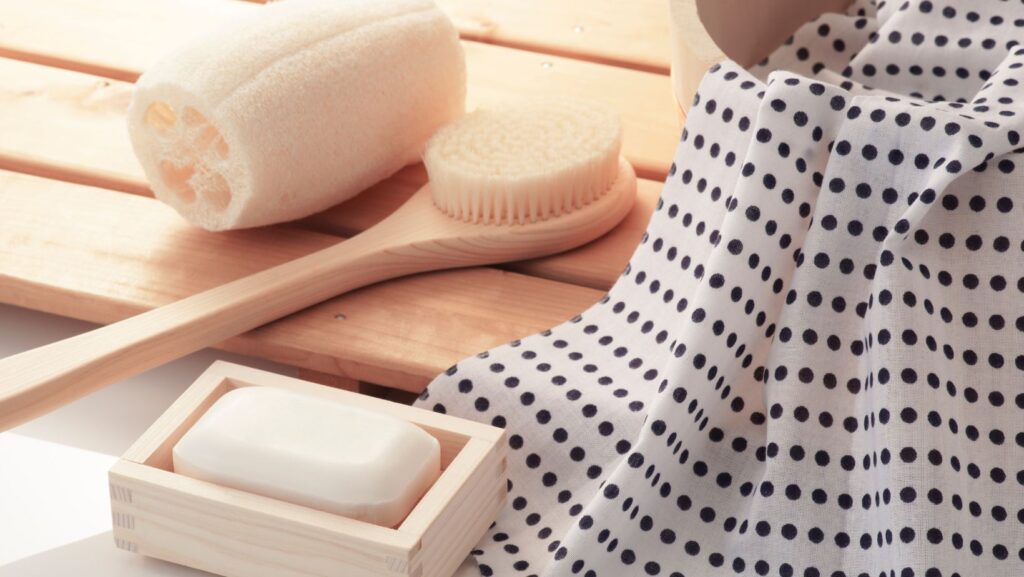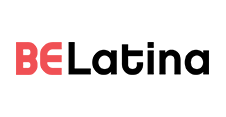Scrubbing Away the Myths: The Right Way to Use a Loofah in Your Shower Routine
July 27, 2023

In the quest for smooth, radiant skin, the humble loofah has become a beloved shower accessory for many. But are you using it correctly? With different opinions circulating about the proper way to utilize this exfoliating wonder, it’s time to delve into the truth behind loofahs and their role in our shower routines.
The Benefits of Loofahs
Loofahs have gained popularity due to their exfoliating properties, helping to slough away dead skin cells, unclog pores, and promote healthy circulation. When used correctly, they can leave your skin feeling soft, refreshed, and glowing.
According to Real Simple, loofahs can be especially useful for areas prone to dryness and roughness, like elbows, knees, and heels. Their gentle abrasiveness helps buff away rough patches and can be beneficial for those with body acne or ingrown hairs.
The Do’s and Don’ts of Using a Loofah
Despite their benefits, there are some common misconceptions surrounding loofahs. Refinery29 reports that one of the biggest mistakes people make is keeping their loofahs for too long. Using an old loofah can lead to a buildup of bacteria and mold, which is not ideal for your skin’s health.
Experts advise that it’s best to replace your loofah every three to four weeks to maintain hygiene and ensure optimal exfoliation. If your loofah starts to smell musty or develops dark spots, it’s a clear sign that it’s time for a new one.
Proper Loofah Care
To make the most of your loofah and prolong its life, it’s essential to practice proper care. After each use, thoroughly rinse the loofah and allow it to air dry in a well-ventilated area. Hanging it in your shower away from water pooling will prevent bacterial growth and keep it fresh for longer.
Using a loofah with a gentle, natural soap or body wash is recommended. Avoid harsh chemicals or heavily fragranced products, as they can irritate the skin. Instead, opt for nourishing formulas that support the exfoliation process.
So Clean, So Fresh
While loofahs can be incredibly beneficial, they may not be suitable for everyone. Individuals with sensitive skin or conditions like eczema or psoriasis should use caution or avoid loofahs altogether, as they may cause irritation or exacerbate existing skin issues.
The loofah, a skincare staple, offers a world of benefits when used correctly. Remember to replace your loofah regularly, keep it clean, and pair it with gentle cleansers for optimal results. By following these expert tips, you can enjoy a satisfying and revitalizing shower experience that leaves your skin feeling refreshed and rejuvenated.
So, go ahead and embrace the loofah in your shower routine, making the most of its exfoliating prowess to unveil your healthiest, smoothest skin yet.




















Comments